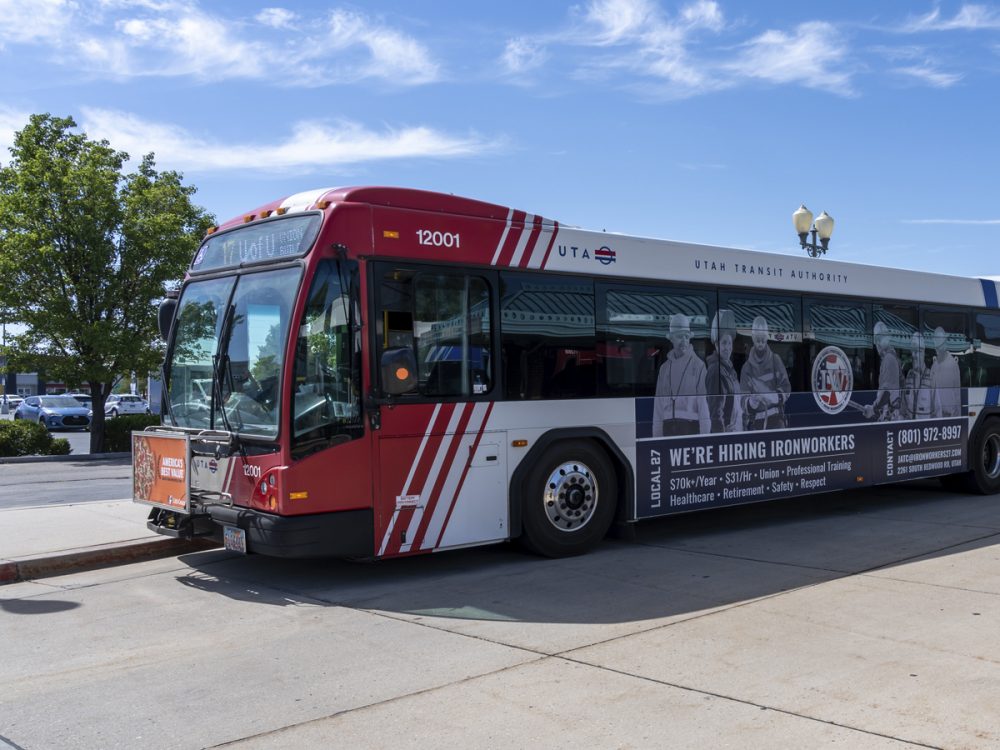
Utah Transit Authority (UTA) provides a public mass transportation system for Utah communities. Its fleet includes over 600 buses and paratransit vehicles, 400 vanpools, 146 light rail vehicles, 63 commuter rail cars, and 18 locomotives in a 1,600 square-mile service area. Each area is unique and has distinct requirements, from vehicle maintenance and facilities upkeep to tracking parts and time.
To optimally manage such a diverse fleet over a wide area, UTA needed to achieve data integrity, but its paper-based processes were preventing it from doing so. The company was looking for a scalable, integrated solution that could automate processes and provide real-time visibility to accurate information.
In the transit industry, data integrity doesn’t just impact the efficiency of operations; it’s also crucial to compliance with regulatory bodies like the Federal Transit Administration (FTA) and the American Public Transportation Association (APTA).
One of UTA’s major focuses was improving the data found in tracking work orders. The manual processes needed to be streamlined to ensure accurate data made it into the back-end system. UTA had two options: it would either need to customize its ERP, a costly process that can have unpredictable consequences; or it could mobilize and optimize the work-order process using a platform-based solution.

UTA chose the platform-based Cloud Inventory because it could be seamlessly integrated into the company’s ERP and adapted to its existing process flows. UTA started with streamlining work orders and implementing a mobile app built in the DSCP’s rapid development environment.
"It was all about data entry—filtering at the front end to prevent errors on the back end,” said James Baxter.

Now, UTA’s busy mechanics can see all necessary work order information on one screen. And with one click, the data automatically propagates to multiple locations, saving time and effort, and most importantly, ensuring accurate data in the system of record.
“Cloud Inventory helps us streamline and error-proof on the front end so we can filter the data before it goes into the system,” Baxter said. “It also allows our mechanics to focus on work, rather than data entry.”
Other streamlined processes have improved UTA’s data reliability, including that of vehicle performance. The DSCP gives technicians and managers instant access to important data, such as graphs that show miles per gallon compared to the fleet average. UTA can monitor data to perform tune-ups only when vehicle performance has degraded. Comparisons like these now take minutes instead of hours, saving UTA valuable time, labor, and parts.
With the flexibility and agility of Cloud Inventory’s platform, UTA can easily customize out-of-the-box apps to meet any number of unique business needs without touching back-end systems.
The success of UTA’s initial Cloud Inventory deployment to fixed-route bus and paratransit led the company to expand its use to light rail, and shortly thereafter to commuter rail. UTA used Cloud Inventory to design and implement an app that saves facilities maintenance workers hours and ensures a high-quality transit experience for customers.
UTA now has a platform that gives it the self-sufficiency to build apps that meet its unique needs. “Our only limitation is our creativity,” said Baxter.